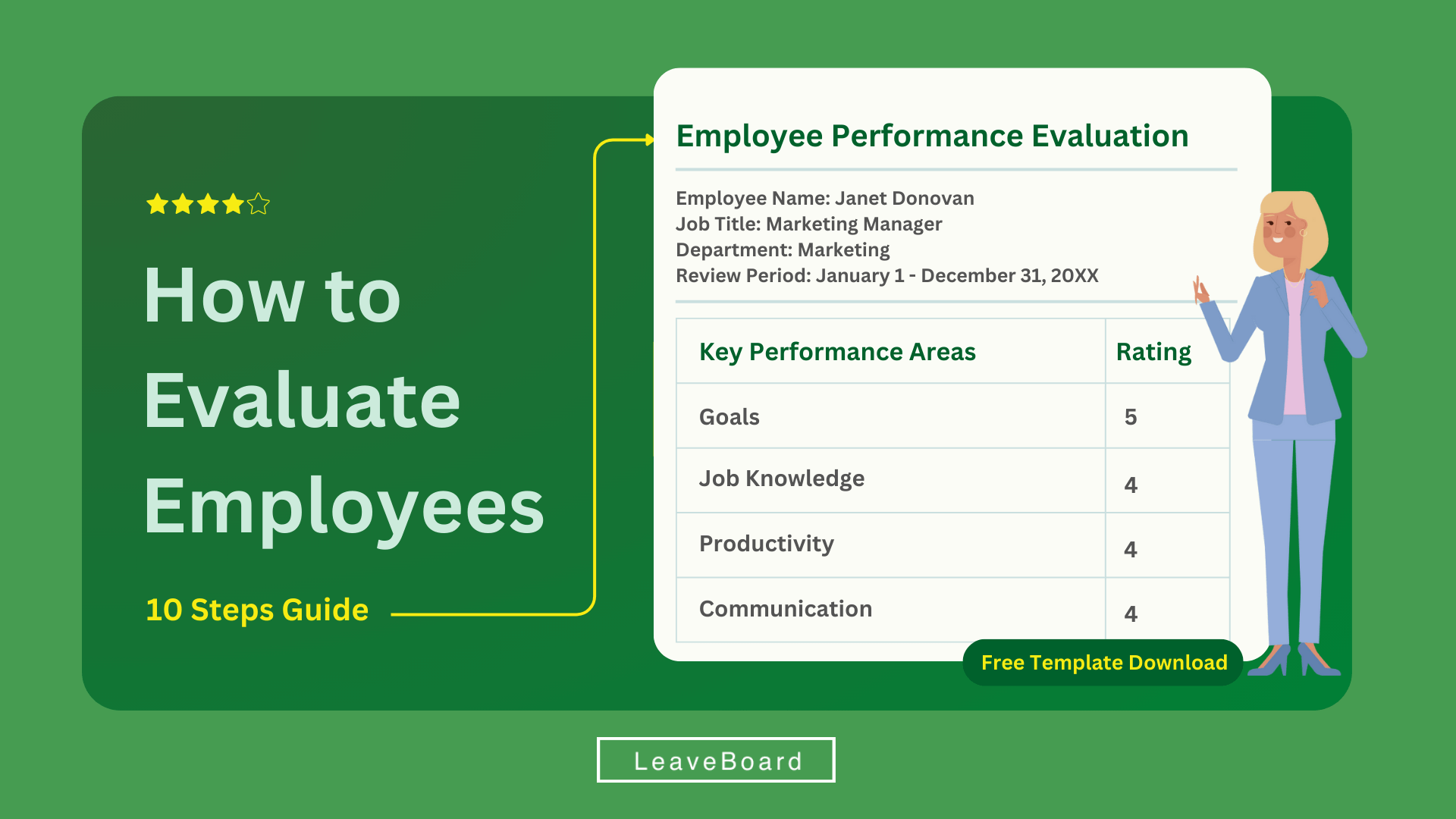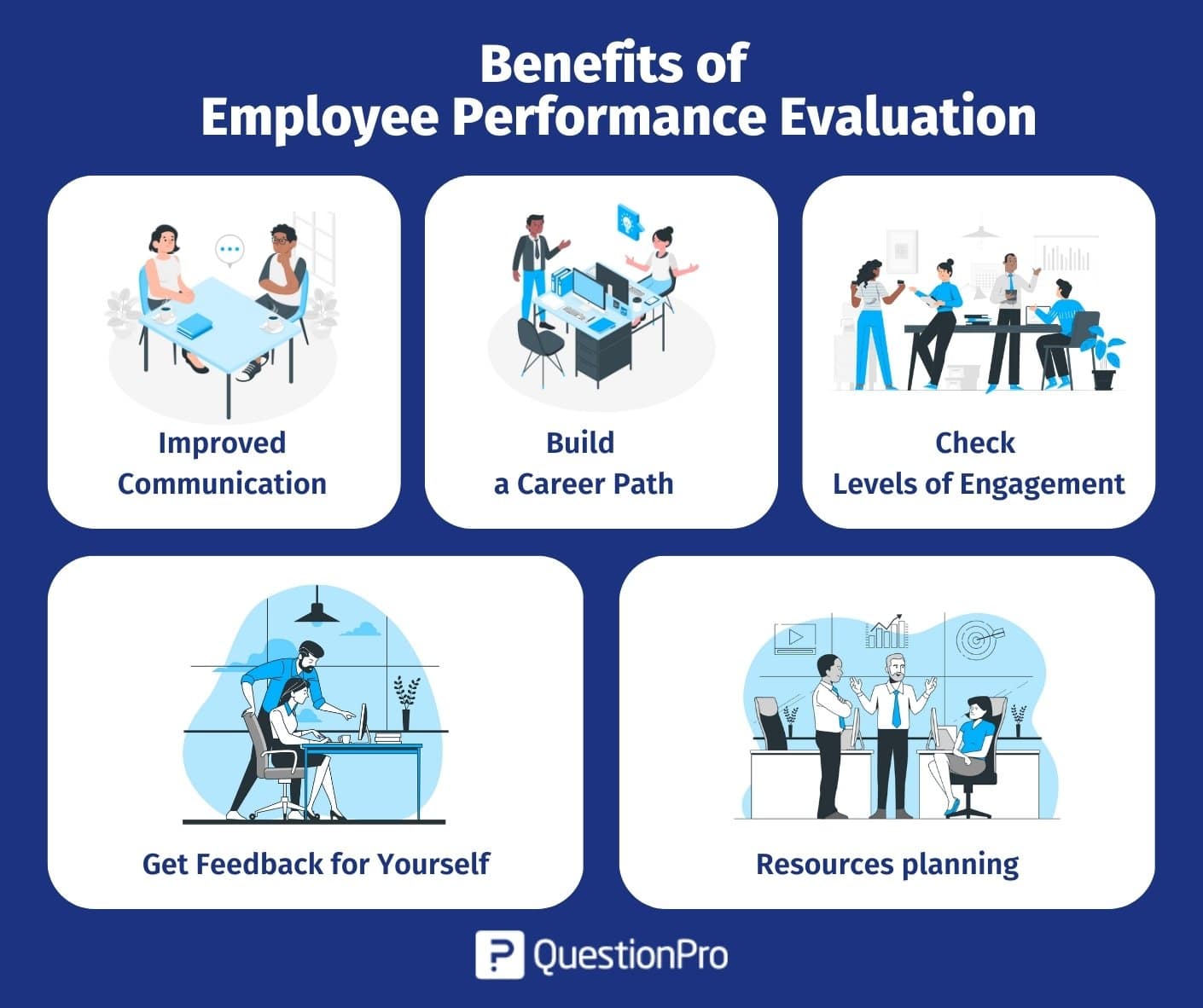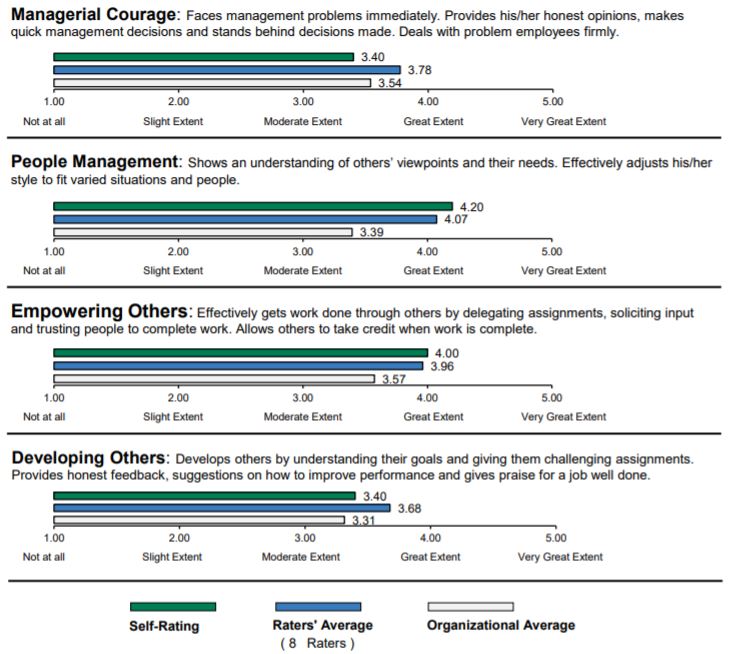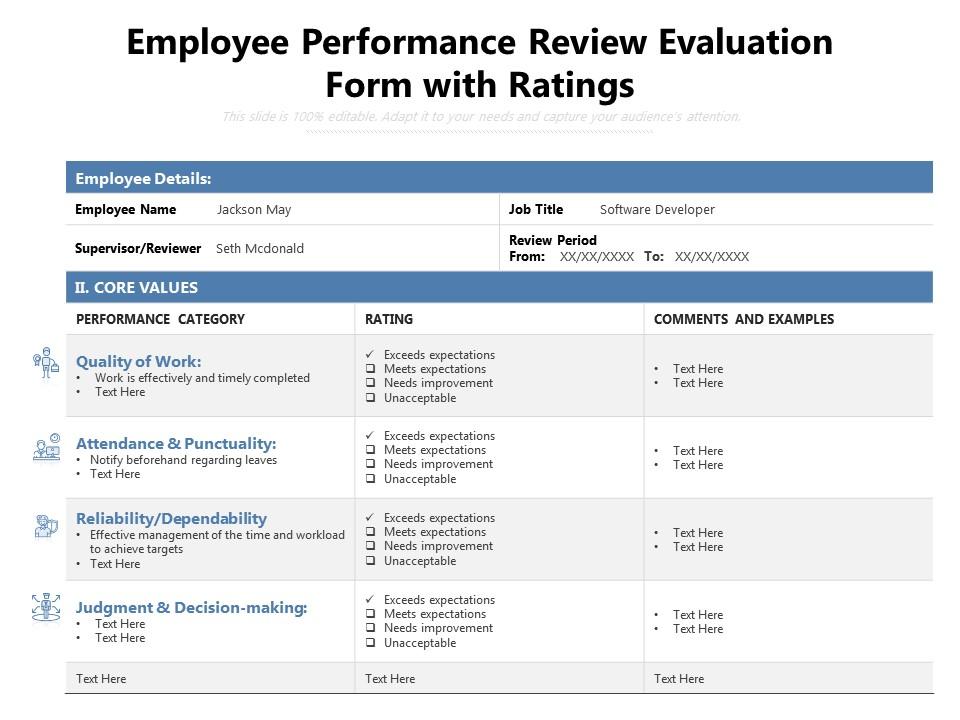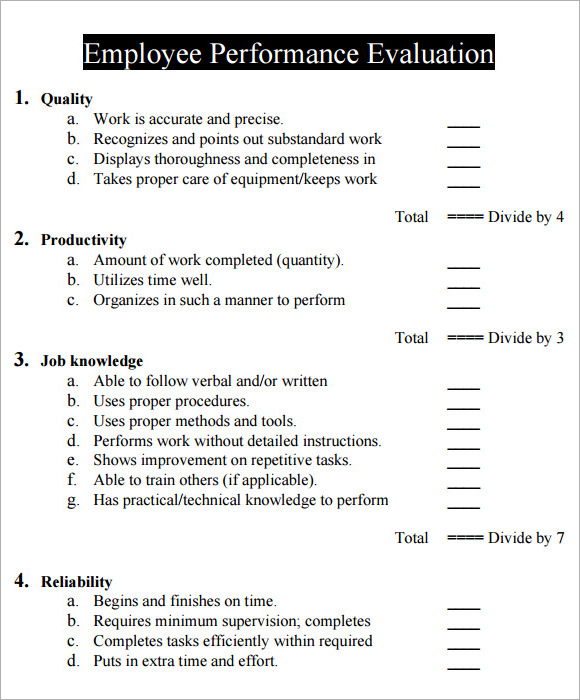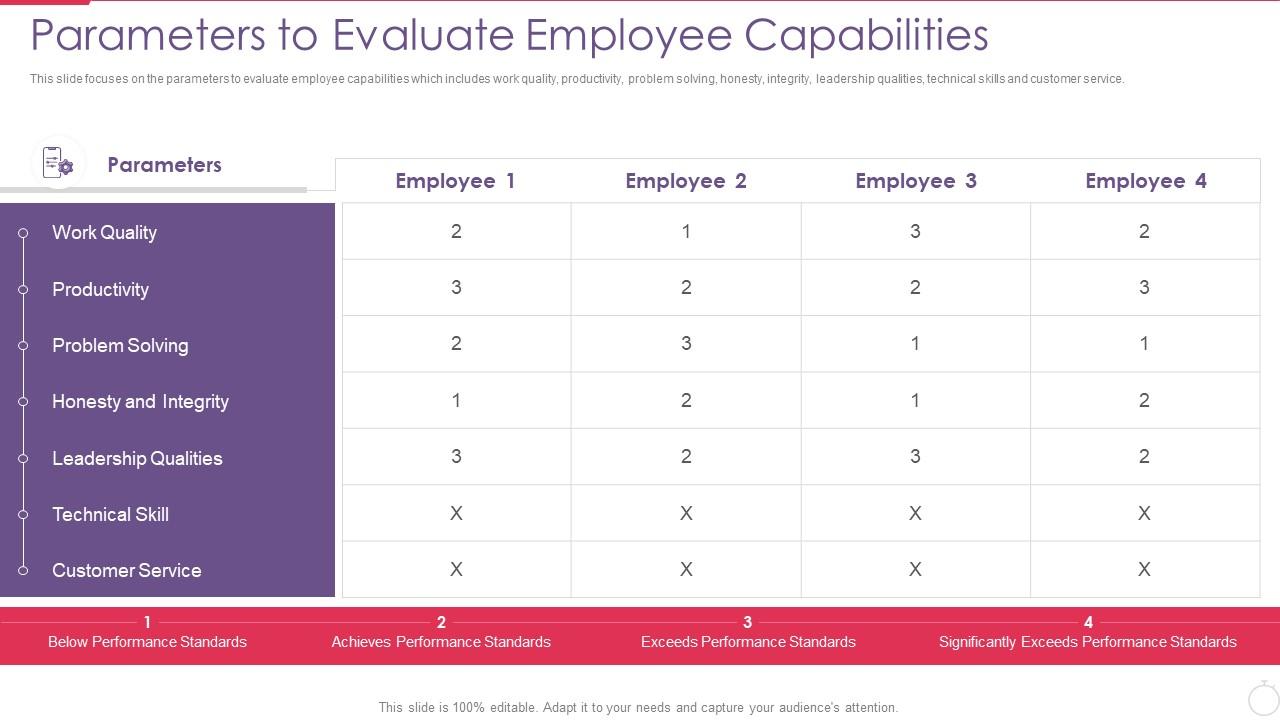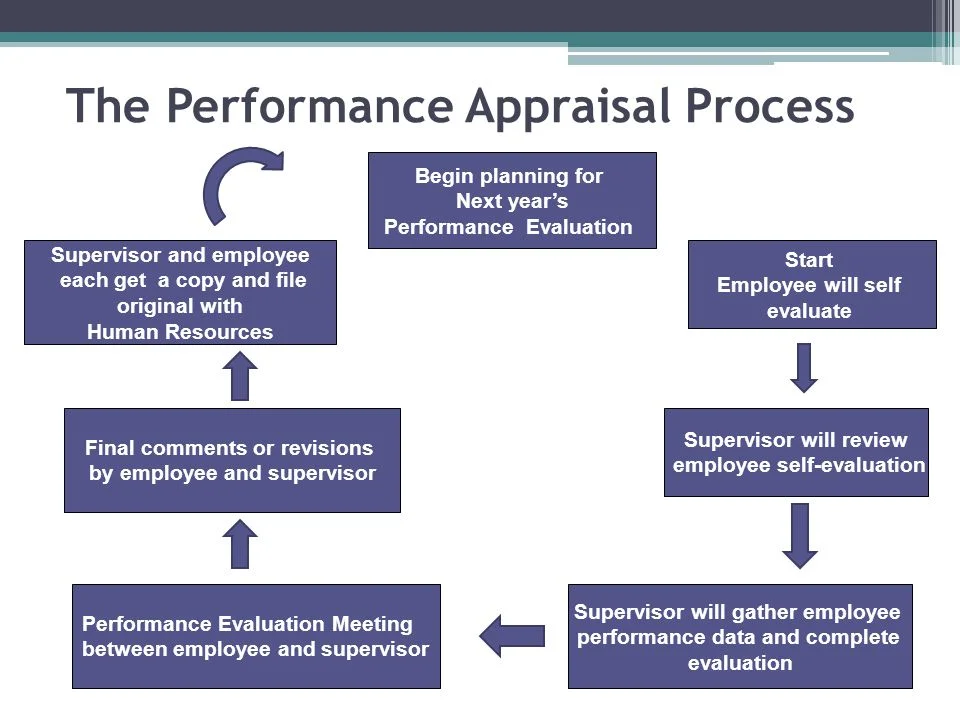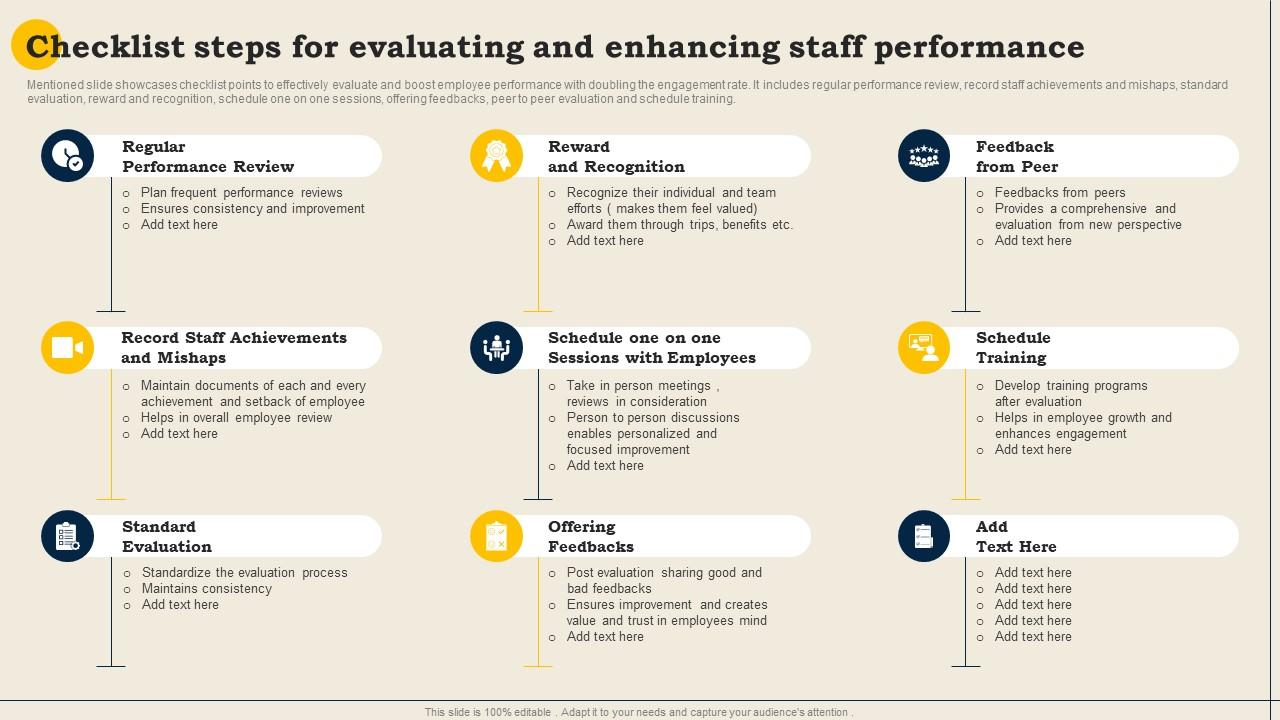How Do You Evaluate Staff Performance
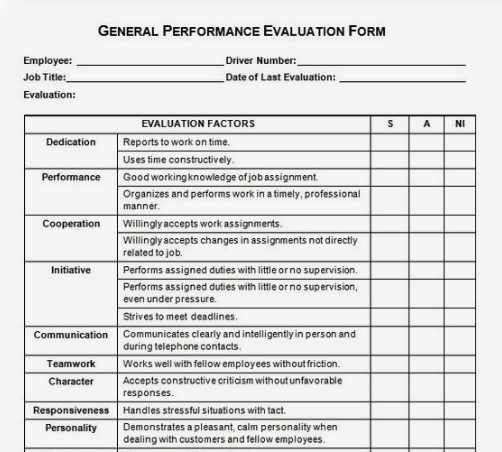
In today's dynamic work environment, effective staff performance evaluation is more critical than ever for organizational success and individual growth. Businesses are constantly seeking refined methods to not only measure employee contributions but also to foster development and alignment with company objectives.
This article delves into the evolving landscape of performance evaluations, exploring various approaches, key considerations, and the potential impact on both employees and the overall workplace. Understanding these evaluation methods is crucial for businesses to remain competitive and maintain a productive workforce.
Traditional Methods: A Foundation for Evaluation
The traditional approach often relies on annual or semi-annual reviews. These typically involve a supervisor providing feedback based on a predefined set of criteria.
Rating scales, often numerical, are used to quantify performance in areas such as productivity, teamwork, and communication. While providing a structured framework, these methods can sometimes be perceived as subjective and lacking in ongoing feedback.
Management by Objectives (MBO)
MBO, a long-standing technique, centers on establishing specific, measurable, achievable, relevant, and time-bound (SMART) goals. These goals are jointly set by the employee and manager, fostering a sense of ownership and shared responsibility.
Performance is then evaluated against the attainment of these pre-determined objectives. This approach emphasizes results and aligns individual efforts with organizational goals.
Modern Approaches: Embracing Continuous Feedback
Recognizing the limitations of traditional methods, many organizations are adopting more frequent and informal feedback mechanisms. This involves regular check-ins, one-on-one meetings, and real-time feedback opportunities.
Continuous feedback helps address issues promptly, encourages ongoing improvement, and strengthens the manager-employee relationship. It also facilitates a more agile and responsive approach to performance management.
360-Degree Feedback
360-degree feedback involves gathering input from multiple sources, including supervisors, peers, subordinates, and even clients. This holistic view provides a more comprehensive assessment of an employee's strengths and weaknesses.
The information is often collected anonymously to encourage honest and candid feedback. This method is particularly useful for identifying blind spots and promoting self-awareness.
Performance Dashboards and KPIs
Many organizations are utilizing technology to track and visualize employee performance data. Performance dashboards, displaying key performance indicators (KPIs), provide real-time insights into individual and team contributions.
These dashboards can track metrics such as sales figures, project completion rates, customer satisfaction scores, and other relevant indicators. This data-driven approach allows for more objective and informed performance evaluations.
Key Considerations for Effective Evaluations
Regardless of the chosen method, certain factors are crucial for ensuring the effectiveness and fairness of performance evaluations. Transparency in the evaluation process is paramount.
Employees should understand the criteria used to assess their performance and how their contributions align with organizational goals. Regular communication and open dialogue are essential.
Training managers on how to provide constructive feedback is vital. Feedback should be specific, actionable, and focused on behaviors rather than personal attributes.
"Effective performance evaluations are not just about measuring past performance, but also about fostering future growth and development," says Dr. Anya Sharma, a leading expert in human resources management.
Impact on Employees and Organizations
Well-designed performance evaluations can have a significant positive impact on both employees and organizations. Employees benefit from clear expectations, constructive feedback, and opportunities for growth and development.
Organizations benefit from improved employee performance, increased engagement, and better alignment with strategic objectives. A fair and transparent evaluation system can also boost morale and reduce employee turnover.
However, poorly executed performance evaluations can have detrimental consequences. If perceived as unfair or biased, they can damage morale, erode trust, and even lead to legal challenges.
Ultimately, the most effective performance evaluation system is one that is tailored to the specific needs and culture of the organization. It should be a continuous process that fosters open communication, encourages ongoing development, and aligns individual efforts with organizational goals.
